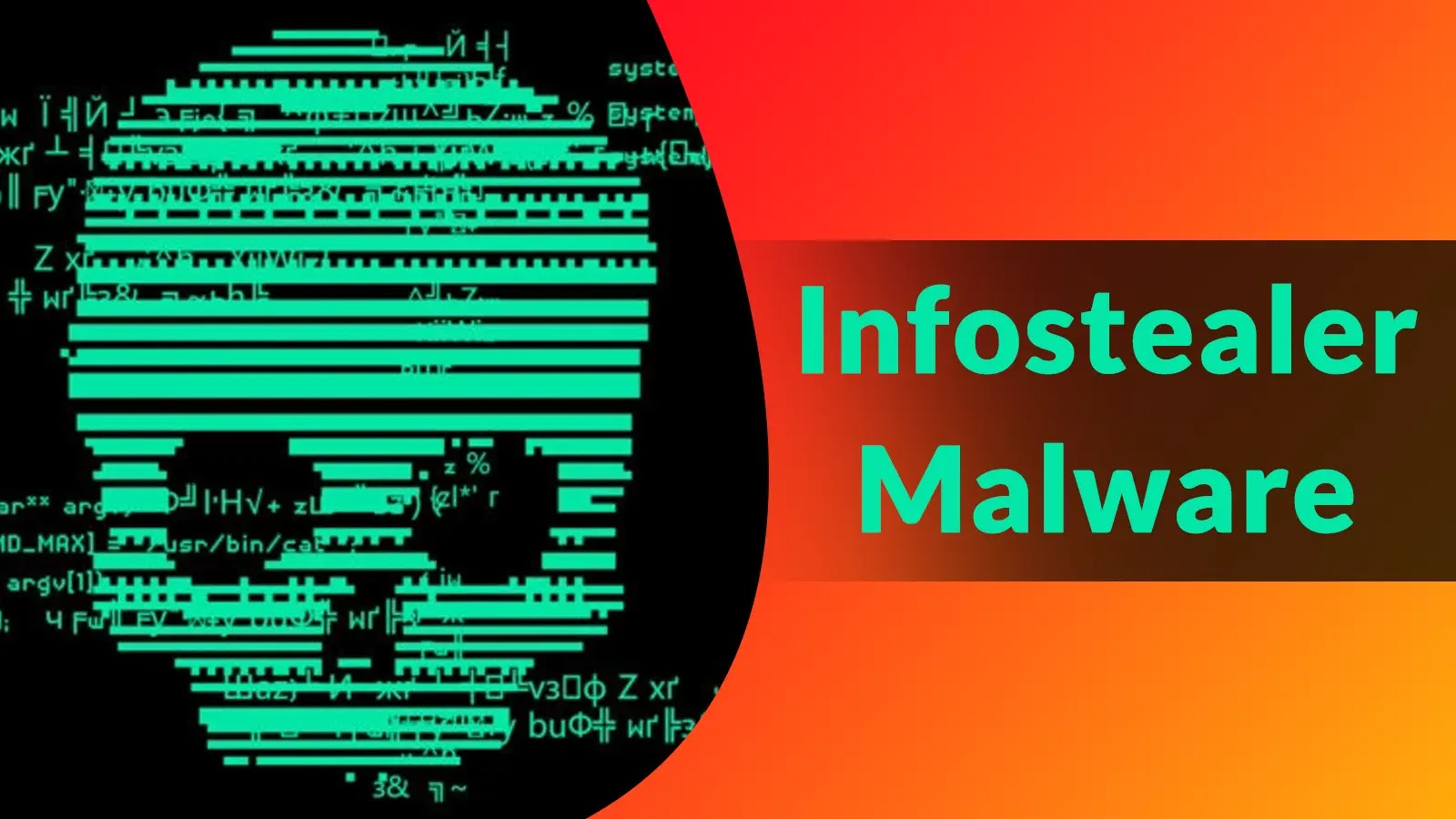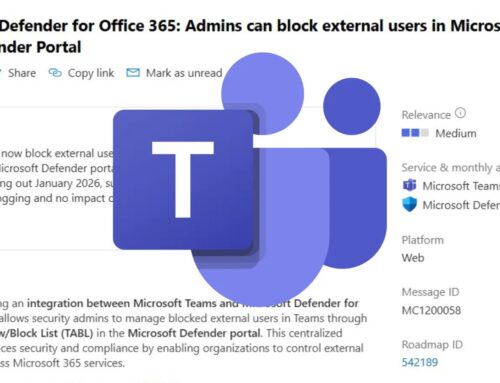
Infostealer Malware is Being Exploited by APT Groups for Targeted Attacks
The Silent Shift: How Infostealers Became APT’s Potent Weapon for Targeted Attacks
Infostealer malware, once largely a nuisance designed for indiscriminate credential harvesting, has undergone a significant and concerning evolution. What was initially a broad-net phishing tool is now being weaponized by sophisticated state-sponsored Advanced Persistent Threat (APT) groups, transforming into a precision instrument for targeted attacks. This shift represents a critical new front in the cybersecurity landscape, demanding heightened vigilance from organizations and security professionals.
From Broad Net to Targeted Strikes: The Infostealer Evolution
The early 2023 landscape saw a rapid proliferation of new infostealer families, including prominent names like RedLine, Lumma, and StealC. These malware variants primarily spread through widespread phishing campaigns and malicious downloads, casting a wide net to compromise as many hosts as possible. Their core objective: siphon browser data, cookies, and system information for resale on underground forums or for use in opportunistic fraud. However, the inherent capabilities of these tools – access to a treasure trove of sensitive data – did not go unnoticed by more advanced adversaries.
APT Groups Repurpose Infostealer Capabilities
The transformation of infostealers into a component of APT operations highlights a pragmatic and efficient strategy by sophisticated threat actors. Instead of developing entirely new, complex custom malware for initial reconnaissance and data exfiltration, APT groups are leveraging readily available and highly effective infostealers. This allows them to:
- Rapidly Establish Footholds: Infostealers provide quick access to victim systems, bypassing initial security layers by exploiting common user vulnerabilities like poor password hygiene or susceptibility to phishing.
- Gather Comprehensive Reconnaissance: The data collected by infostealers – including browser history, saved credentials, system configurations, and installed software – offers APT groups invaluable intelligence for subsequent, more targeted phases of their attacks. This includes identifying high-value targets within an organization, understanding network topography, and discovering potential vulnerabilities.
- Reduce Development Costs: Reusing existing, proven malware reduces the time, effort, and resources required for developing bespoke tools, allowing APT groups to focus their advanced capabilities on later stages of an attack, such as lateral movement, privilege escalation, and data exfiltration.
- Increase Obfuscation: The widespread nature of infostealer infections can make it harder for defenders to differentiate between opportunistic cybercrime and state-sponsored espionage, potentially delaying detection and response efforts for truly targeted intrusions.
Key Data Siphoned by Infostealers
Understanding the types of data that infostealers typically exfiltrate underscores their value to APT groups in building a comprehensive victim profile:
- Browser Data: Includes browsing history, bookmarks, and autofill forms, revealing user habits and potential access points to web applications.
- Cookies: Session tokens and persistent cookies can allow attackers to bypass multi-factor authentication (MFA) and gain direct access to online accounts without needing passwords. This technique, often referred to as “pass-the-cookie,” is particularly dangerous.
- Saved Credentials: Passwords stored in browsers or password managers provide direct access to various online services, corporate networks, and cloud platforms.
- System Information: Details like operating system version, installed software, hardware specifications, and network configuration help APT groups understand the technical environment of the victim and plan follow-on attacks.
- Cryptocurrency Wallets: Many infostealers are also designed to target and exfiltrate cryptocurrency wallet data, offering a potential financial motive alongside espionage.
Remediation Actions and Defensive Strategies
Given the escalating threat posed by infostealer malware, particularly its exploitation by APT groups, organizations must adopt a multi-layered defense strategy:
- Enhance Phishing Awareness Training: Regularly train employees to recognize and report phishing attempts. Emphasize the dangers of clicking suspicious links or downloading attachments from unknown sources.
- Implement Strong Multi-Factor Authentication (MFA): Deploy MFA across all critical systems and accounts. While infostealers can bypass some forms of MFA via cookie theft or session hijacking, robust MFA solutions, especially FIDO2-based hardware tokens, provide significant protection.
- Regular Software Updates and Patch Management: Keep operating systems, browsers, and all software up to date. Infostealers often exploit known vulnerabilities to gain initial access, though no specific CVE number is directly associated with the general concept of infostealers being leveraged by APT groups. Staying patched mitigates many common exploit vectors.
- Leverage Endpoint Detection and Response (EDR)/Extended Detection and Response (XDR): Deploy EDR/XDR solutions to monitor endpoint activity, detect suspicious behaviors indicative of malware infection, and enable rapid incident response.
- Network Segmentation: Implement network segmentation to limit lateral movement if an infostealer gains a foothold. This can contain the damage and prevent broader network compromise.
- Least Privilege Principle: Enforce the principle of least privilege for all users and systems, minimizing the potential impact of a compromised account.
- Web Application Firewall (WAF) and Secure Web Gateway (SWG): Utilize WAFs to protect web applications and SWGs to filter malicious traffic, preventing access to known malware distribution sites.
- Data Loss Prevention (DLP): Implement DLP solutions to monitor and prevent unauthorized exfiltration of sensitive data, even if an infostealer is present on the network.
Conclusion
The repurposing of widely available infostealer malware by state-sponsored APT groups signifies a strategic evolution in cyber warfare. This development underscores the importance of a proactive and adaptive cybersecurity posture. By understanding the evolving threat landscape, implementing robust defenses, and fostering a security-aware culture, organizations can significantly reduce their risk of falling victim to these increasingly sophisticated and targeted attacks.





